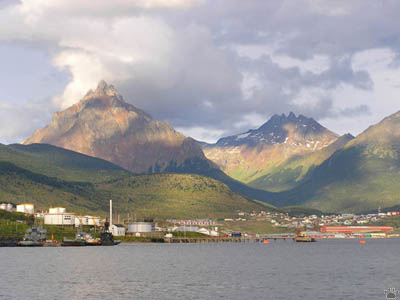
View of Cordillera Darwin and the city of Ushuaia, Tierra del
Fuego.
Part 5. The Temperate Islands
Tierra del Fuego and the Falklands are very different from other
Scotia Sea islands. They have relatively mild maritime climate. Despite being
cool and windy places, they also have diverse flora and fauna.

Ten mile-wide tidal mudflats, Strait of Magellan. |
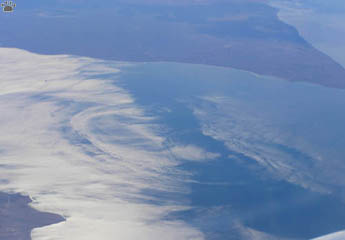
Tidal whirlpool, Straight of Magellan. |
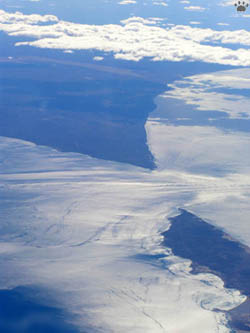
Tidal current, Strait of Magellan. |
Tierra del Fuego is particularly similar to mainland
Patagonia. This is not surprising: the Strait of Magellan is less than 1 km wide
in some places. The northeastern part of Isla Grande (the main island) is relatively
flat. The rest is a labyrinth of mountains, fjords, and rocky islets - a continuation
of the Andes deeply transformed by glaciation. Tides reach
15 m in some places. Strong tidal currents form highly productive intertidal zone
where numerous invertebrates, fishes, and birds find abundant food. |
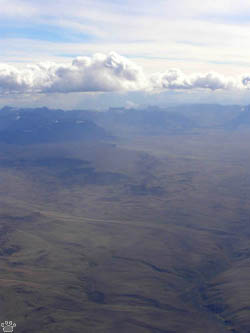
Aerial view of Isla Grande, Tierra del Fuego. |
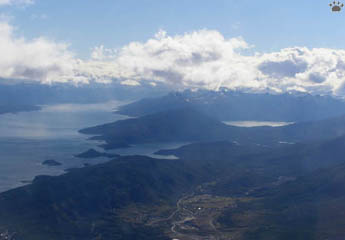
Beagle Channel separates Isla Grande from I. Navarino and other
islands further south. |

Aerial view of Isla Navarino. Cape Horn Islands are visible on
the horizon. |
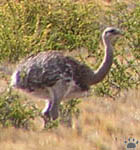 |
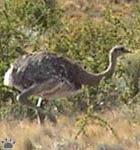 |
Eastern Isla Grande is covered with beautiful tallgrass
steppe inhabited by rheas, guanacos and geese. The rest of the island is mostly
forested. |
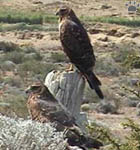 |
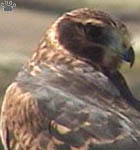 |
| Lesser rheas (Rhea pennata),
Primera Angostura, Tierra del Fuego. |
Cinereous harriers (Circus cinereus),
Rio Grande, Tierra del Fuego. |
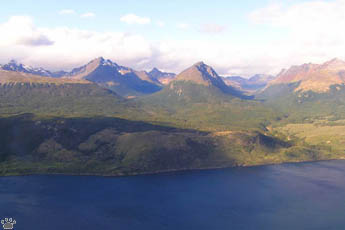 |
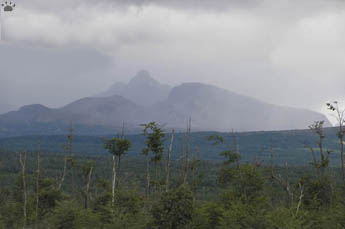 |
| Mountains of Cordillera Darwin
on Isla Grande. |
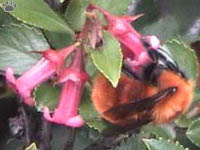
Spark bumblebee (Bombus igneus),
Parque Nacional Tierra del Fuego. |
Lush forests of Tierra del Fuego are dominated
by Southern beeches (Notophagus). Fall
Colors are beautiful here. Thanks to the extremely wet climate, these forests
are broken in many places by lakes, peat bogs and fast-flowing rivers. Although
most plants and animals here are the same as in nearby Chilean Andes,
some are endemic or shared only with the Falkland Islands. |
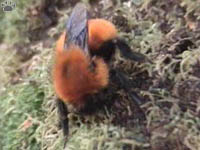
Spark bumblebee (Bombus igneus),
Parque Nacional Tierra del Fuego. |
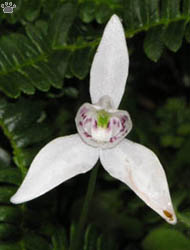
Dog orchid (Bipinnula triangulatum),
Parque Nacional Tierra del Fuego. |

Austral sundew (Drosera uniflora), an insectivorous plant,
Parque Nacional Tierra del Fuego. |
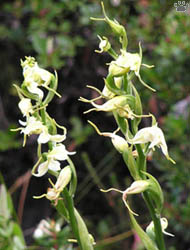
Beech orchid (Cavilea lutea),
Parque Nacional Tierra del Fuego. |
 |
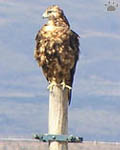 |
Tierra del Fuego is a great place for birdwatching,
especially in October, when summer migrants already arrive from the North, but
wintering Antarctic seabirds are still present. Summer and fall months (up to
April) are also great. |
 |
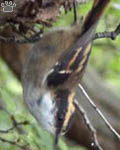 |
Chimango caracara
(Milvago chimango),
Ushuaia, Tierra del Fuego. |
Rufous-tailed hawk
(Buteo ventralis), Lago
Fangano, Tierra del Fuego. |
Black-faced ibis
(Theristicus melanopsis),
Porvenir, Tierra del Fuego. |
Thorn-tailed rayadito
(Aphrastura spinicauda),
Tierra del Fuego Nat'l Park. |
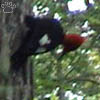 |
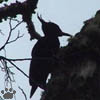 |
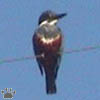 |
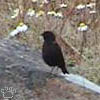 |
 |
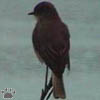 |
 |
| Birds of Tierra del Fuego National
Park, left to right: male and female Magellanic woodpecker (Campephilus magellanicus),
ringed kingfisher (Megaceryle torquata), male and female Austral negrito
(Lessonia rufa), fire-eyed diucon (Xolmis pyrope), Southern lapwing
(Vanellus chilensis). |
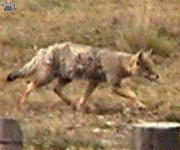
Culpeo fox (Dusicyon culpaeus),
Cerro Sombrero, Tierra del Fuego. |
Many uncommon species can be found in coastal
towns and along highways. Other unusual things to see are albatrosses feeding
in small inshore bays, parakeets in snow-covered forests, and ibises nesting in
seabird colonies. Unfortunately, there is a lot of habitat damage from introduced
sheep, hares, rabbits, and beavers. Native culpeo fox has been largely displaced
by introduced Patagonian fox, although the two species coexist well in mainland
Patagonia. |
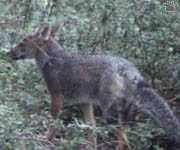
Patagonian fox (D. griseus),
Tierra del Fuego Nat'l Park. |
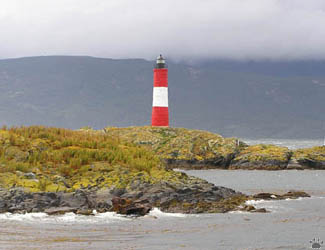
Lighthouse, Beagle Channel. |

Cape Horn. |
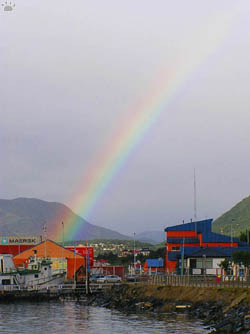
Rainbow over the outskirts of Ushuaia. |
Rapidly growing Ushuaia is the largest city on
Tierra del Fuego. It is intensely promoted as a tourist destination, "the
World's End" and "the World's southernmost city", although Chilean
town of Puerto Williams is actually further South. Similarly, Cape Horn is not
the southernmost tip of South America: it is located on an island, and there are
smaller Diego Ramirez islands southwest from it. This area is very difficult for
navigation: there are at least 120 known shipwrecks in Cape Horn area alone. |
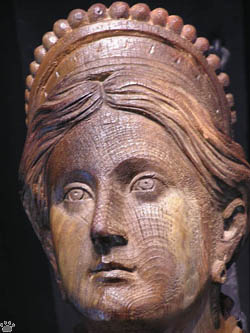
Detail of 19th century whaling ship, Ushuaia Museum. |
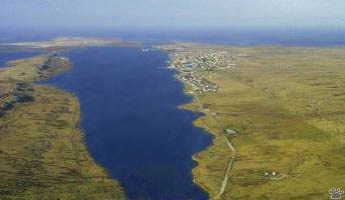
Aerial view of Stanley, Falkland Islands. |
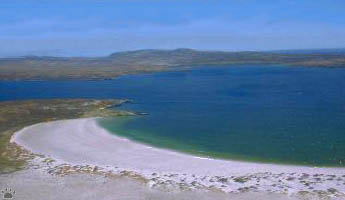
Gypsy Cove, Falkland Islands. |
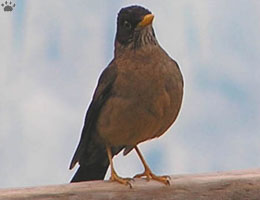
Austral thrush (Turdus falklandii), Stanley, Falkland Is. |
The Falklands don't have the dramatic mountain
landscapes of other Scotia Sea islands. It's a land of low rolling hills and countless
small bays, channels, and inlets. It is a perfect place for hiking, with trails
leading across the grasslands to cozy hidden coves full of seabirds. |
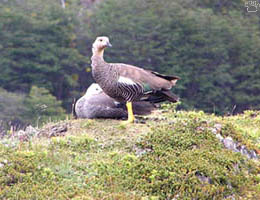
Upland goose (Chloephaga hybrida), Tierra del Fuego Nat'l
Park. |
 |
 |
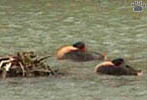 |
 |
 |
 |
| Birds of Tierra del Fuego National
Park, left to right: long-tailed meadowlark (Sturnella loyca, 2 pictures),
great grebe (Podiceps major), South American snipe (Gallinago paraguaiae),
Southern house wren (Troglodytes musicus), black-chinned siskin (Carduelis barbata). |
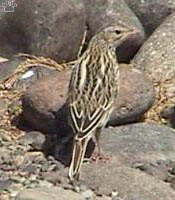
Correndera pipit (Anthus correnderae),
Stanley, Falkland Islands. |
Unfortunately, the only native land mammal, Falkland
Islands fox (D. australis), has been exterminated in the 19th century.
Introduced mammals include Patagonian foxes, feral cats, rabbits, rats, mice,
and, on one small island, guanaco. Numerous marine mammals
inhabit surrounding waters. Of about 70 breeding bird species, two - Cobb's wren
(above) and Falkland steamerduck (previous page) - are endemic; two more are very
rare on the mainland. There are also many endemic bird subspecies, four unique
freshwater fishes, and at least twelve endemic plants. |
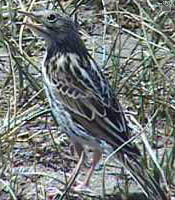
Correndera pipit, Gipsy Cove,
Falkland Islands. |
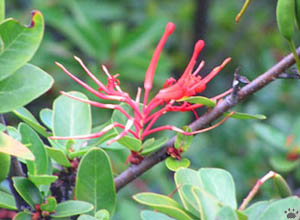
Embothrium coccineum is called "notro" on Tierra del Fuego,
and "duddle-dee" on the Falklands. |
Part 6: Subantarctic Islands
Back to Part 4
Home
|